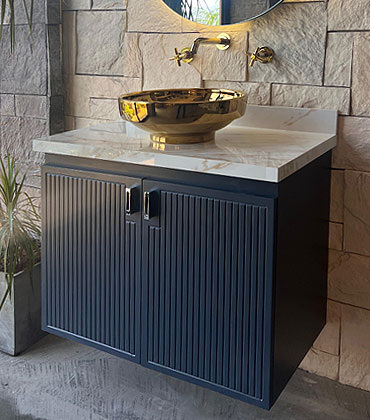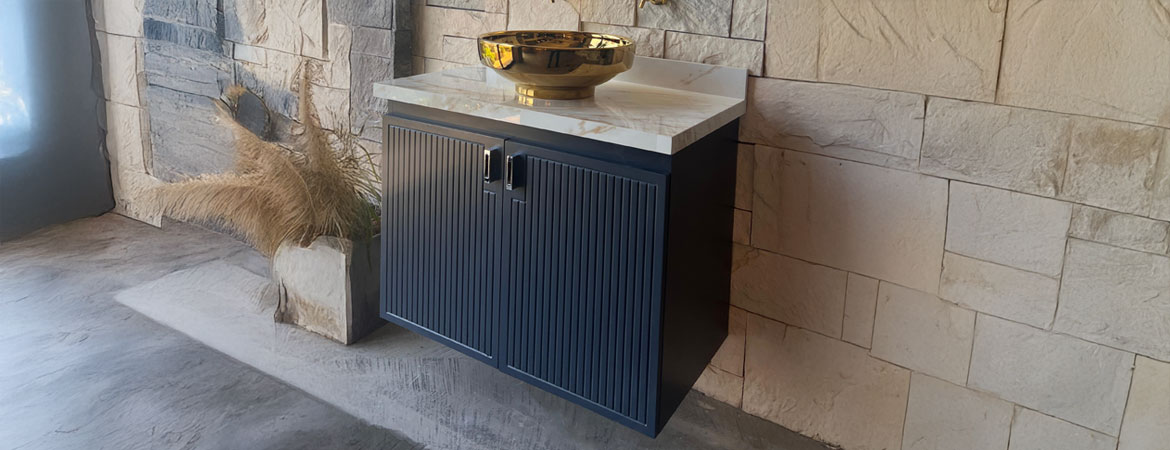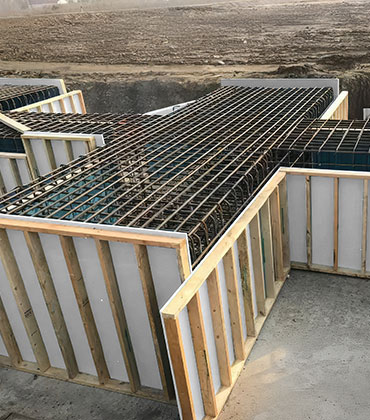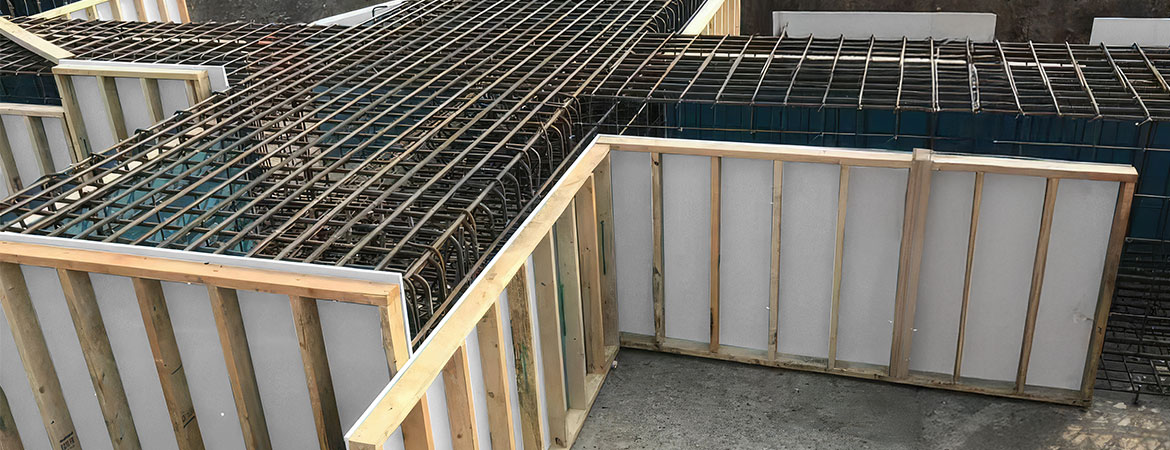Furniture
Composite Plywood has a wide range of usage in the furniture industry. Being lighter and more durable compared to natural wooden materials makes this material a flexible and preferred option in furniture production. The advantages offered by Composite Plywood provide innovative and aesthetic solutions in modern furniture designs.
Lightness and Durability
The lightness and durability of the materials used in furniture production are of great importance in terms of the product lifespan and ease of transportation. Composite Plywood is known for its high strength and durability, while offering a lighter structure than natural wood. This feature provides a great advantage, especially in portable and modular furniture designs. For example, the light structure of Composite Plywood facilitates transportation and assembly in products such as portable kitchen cabinets, shelving systems and modular office furniture.
Kitchen Cabinets and Shelf Systems
Composite Plywood is frequently used in the production of furniture such as kitchen cabinets and shelving systems. It offers long-lasting performance in kitchen cabinets thanks to its durability and water-resistant structure. Composite Plywood, which is an ideal material for humid environments such as kitchens, minimizes the risk of decay and deformation. In addition, Composite Plywood used in shelving systems can carry heavy loads safely and offers aesthetic appearances. The smooth surface of Composite Plywood facilitates painting and coating processes and provides decorative and functional shelf solutions.
Table and Chair Production
Composite Plywood is also widely used in table and chair production. Thanks to its light and durable structure, it is preferred in both home and office furniture. It provides a solid seating surface for chairs and does not cause problems such as deformation or collapse even after long-term use. As for tables, the durable structure of Composite Plywood provides resistance to scratches and impacts in daily use. In addition, its smooth and uniform surface increases the aesthetic appearance of the tables and provides an ideal basis for decorative coatings.
Easy Processability and Aesthetic Appearance
Another important advantage of Composite Plywood is its easy processability and has an aesthetically attractive surface. The smooth and uniform structure of its surface makes painting and coating processes extremely easy. This allows furniture manufacturers to produce aesthetic furniture in different colors and patterns. Additionally, processing of Composite Plywood enables cutting, drilling and shaping operations to be carried out quickly and efficiently. This speeds up the furniture production process and reduces costs.
Cost Effectiveness and Durability
Cost effectiveness in the furniture industry is of great importance for manufacturers. Composite Plywood is a material that both reduces production costs and offers high durability. Being more economical than natural wooden materials, it allows furniture manufacturers to produce quality and durable products at more affordable costs. This means high-quality furniture at more accessible prices for end users. Additionally, the durability of Composite Plywood ensures the longevity of the furniture, making it a long-term investment for consumers.
Eco-Friendly and Sustainable
Composite Plywood also attracts attention as an environmentally friendly and sustainable material. The materials and methods used in the production process are designed to minimize environmental impacts. Additionally, the recyclability of Composite Plywood supports environmental sustainability by reducing the amount of waste. The use of environmentally friendly materials is growing in the furniture industry, and Composite Plywood stands out as an important part of this trend.
Composite Plywood has become an indispensable material in the furniture industry thanks to the advantages it offers such as lightness, durability, aesthetics and cost effectiveness. It has a wide range of applications, from kitchen cabinets to shelving systems, from tables and chairs to decorative furniture. It is preferred in modern furniture designs with its environmentally friendly and sustainable features. These advantages offered by Composite Plywood provide valuable solutions for both manufacturers and consumers and will continue to play an important role in the future of the furniture industry.




